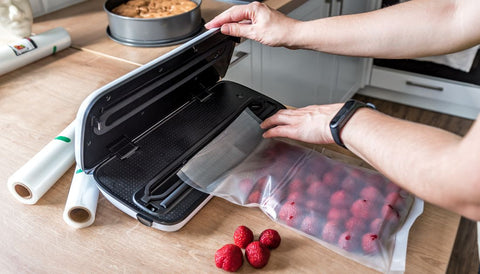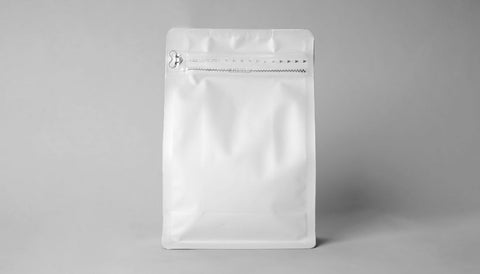Selecting the right thickness for Mylar bags is a crucial consideration for ensuring the longevity and safety of your food storage. Mylar bags, known for their robust protective qualities, are widely used to preserve a variety of food products over extended periods. The optimum thickness for these bags generally ranges from 5 to 7.5 mils. This is because a thicker bag provides superior protection from moisture, light, and insect infiltration – all of which are significant factors that can affect food quality.
When packing foods like pasta, beans, or grains, which can have sharper edges, a thickness of at least 5 mils is advisable to prevent punctures or tears. This consideration is not only about maintaining the integrity of the bag but also about preserving the food's freshness and nutritional value. If you plan to store foods with lower puncture potential, such as powdered goods, you might opt for a thinner bag, although thicker bags tend to offer better overall protection.
Your long-term storage setup would also benefit from pairing these Mylar bags with rigid containers, like 5-gallon buckets, to further shield stored goods from external conditions. This pairing can provide an additional layer of defense against physical damage and environmental factors. Remember, appropriate bag thickness is integral to maintaining your food's shelf life, so invest in quality Mylar bags that suit your specific storage needs.
Understanding Mylar Bag Materials and Properties
When you're choosing Mylar bags for long-term storage, understanding the material's composition, thickness, and protective qualities is crucial for ensuring optimal durability and food safety.
Mylar Composition and Thickness
Mylar is a brand name for a type of biaxially-oriented polyethylene terephthalate (BOPET) film. Its thickness is measured in mils; one mil equates to one-thousandth of an inch. Quality Mylar bags typically range from 3.5 mils to 7.5 mils in thickness. This variance allows you to select a bag that balances flexibility with barrier strength. The rule of thumb is:
- For items with sharp edges or that require additional protection, opt for a thickness closer to 7.5 mils.
- For standard dry goods without sharp edges, a bag that is 3.5 to 5 mils thick is usually sufficient.
Choosing the right thickness directly impacts the bag's ability to protect your stored goods from moisture, oxygen, and light.
Durability and Protective Qualities
The durability of Mylar bags is one of their most important attributes, particularly when looking at long-term food storage solutions. These bags are durable because Mylar provides a superior barrier against oxygen, moisture, and light – the main enemies of food preservation. Here are some specifics on the protective qualities of Mylar bags:
- Oxygen Transmission Rate (OTR): High-quality Mylar bags have very low OTR, which means they allow minimal oxygen to pass through, ensuring the contents are kept free from spoilage for an extended period.
- Moisture Vapor Transmission Rate (MVTR): Mylar bags also exhibit a low MVTR, protecting against moisture and ensuring the dryness of food products.
- Light Protection: By blocking out light, Mylar prevents degradation of food items that can be caused by UV or visible light exposure.
For your long-term storage needs, ensure you select durable, high-quality Mylar bags with appropriate thickness to safeguard the integrity of your stored items.
Selecting the Right Mylar Bag Size and Thickness for Long-Term Storage
When preserving food for long-term storage, your choice of Mylar bag size and thickness is crucial to ensure optimal protection and manageability. The type of food and the quantities you're storing will determine the guidelines for selecting the right Mylar bag.
Determining Optimal Thickness for Different Food Types
For dry foods such as rice, beans, pasta, and grains, a 5-7.5 mil thickness is typically sufficient for protection and durability. These bags offer a robust barrier against moisture, light, and pests, which are critical factors in preserving the quality and longevity of your food items. 5 mil bags are a common choice and provide a reliable balance of durability and flexibility for most dry goods. For food items that might have sharper edges or require extra protection, consider 7.5 mil bags to prevent punctures and potential spoilage.
-
Typical Dry Foods for Long-Term Storage:
- Rice
- Beans
- Pasta
- Grains
Bag Thickness for Dry Foods:
- 5 mil: Standard protection, suitable for most dry goods.
- 7.5 mil: Increased durability for items with sharp edges.
Size Considerations for Efficient Storage
Choosing the right bag size can impact your storage efficiency. For individual or small family use, 1-gallon Mylar bags are often the best choice, allowing you to store manageable portions that are easy to cycle through without waste. For bulk storage needs, particularly if you're storing large quantities of a single item, 5-gallon Mylar bags are recommended. These bags pair well with 5-gallon buckets, providing a double layer of protection and a solid, stackable form factor for your storage space.
-
Effective Bag Sizes for Specific Needs:
- 1-gallon: Ideal for small portions, reduces waste.
- 5-gallon: Best for bulk items, ensures easy stacking and additional protection with buckets.
Boldly incorporating the right combination of thickness and size for your Mylar bags will enhance your long-term food storage system's efficiency and reliability.
Effective Use of Oxygen Absorbers and Sealers
To ensure the longevity of your stored food and maintain its quality, it is essential to use oxygen absorbers effectively and seal Mylar bags correctly. These steps are critical in creating an optimal food storage environment.
Maximizing Longevity with Oxygen Absorbers
When storing dry goods long-term, oxygen absorbers are crucial for prolonging shelf life. They work by actively removing oxygen from the sealed environment, minimizing the risk of oxidation and spoilage. For maximum efficiency, it's recommended to:
- Place an oxygen absorber inside each Mylar bag before sealing. The size of the absorber should match the size of the bag; use a larger absorber for a larger bag.
- Seal the bag within 10 to 20 minutes after adding the absorber to prevent it from neutralizing excess ambient air instead of the oxygen inside the bag.
Note: An absence of a vacuum-sealed appearance does not necessarily mean the oxygen has not been removed.
Sealing Techniques for Mylar Bags
Properly sealing Mylar bags is a two-step process; removing excess air and creating an air-tight seal. For this, the use of a heat sealer or impulse sealer is ideal. Follow these steps for effective sealing:
- Use a heat sealer to make an airtight closure, which can prevent any air from entering and negating the work of the oxygen absorber.
- Before sealing, remove excess air from the bag to reduce the volume and make storage easier. A full airtight or vacuum-sealed effect is not necessary, but less air means less oxygen and potential for spoilage.
By correctly using oxygen absorbers and heat sealing techniques, you effectively extend the shelf life of your foods in Mylar bags. Remember to check seals regularly for integrity and signs of air leakage.
Best Practices for Mylar Bag Storage
When preparing for long-term food storage with Mylar bags, ensuring the proper thickness and storage conditions is key to maintaining the quality and longevity of your food items.
Ideal Storage Conditions
Location: Choose a storage location that is cool, dry, and dark. Exposure to heat and light can degrade your stored food over time, so a basement or closet that doesn't see much temperature fluctuation is an ideal spot.
Moisture and Oxygen Control: To minimize moisture and oxygen, which can lead to spoilage, it's crucial to use food-grade plastic as a protective barrier. Mylar bags should be between 5 and 7.5 mils thick to guard against punctures and rodents such as mice that can compromise your food's integrity.
Storage Containers: Pair your Mylar bags with rigid containers like 5-gallon buckets for an additional layer of protection. This not only helps to prevent rodents and physical damage but also mitigates potential condensation issues.
Maintaining Freshness and Preventing Spoilage
Oxygen Absorbers: Include the correct size of oxygen absorbers in your Mylar bags to greatly reduce the residual oxygen level, thus extending the shelf life of your food.
Best Foods for Mylar Storage: Focus on dry goods with 10% moisture or less, such as rice, beans, and grains, to prevent bacterial growth and spoilage. These food items are staples of emergency preparedness and will keep well under proper conditions.
Sealing the Bags: Ensure a tight seal on your Mylar bags to secure the protective environment you've built. Properly sealed bags are a critical step in preserving the freshness of your stored food.
By following these specific recommendations for Mylar bag storage, you are setting the stage for successful long-term food storage that maximizes freshness and minimizes risk.



